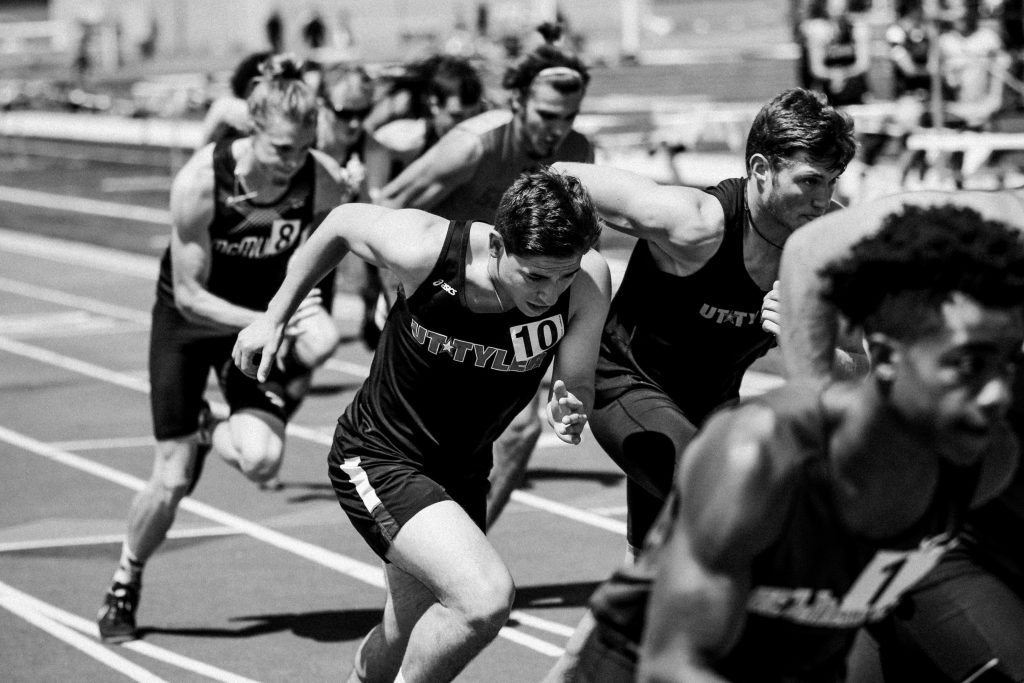Technological Innovations in Sports Training Enhancing Performance
In recent years, technological advancements have revolutionized the landscape of sports training, offering athletes and coaches unprecedented tools to enhance performance, prevent injuries, and optimize training strategies. From wearable devices to advanced analytics, these innovations are reshaping how athletes prepare and compete at the highest levels.
Wearable Technology: Tracking and Monitoring
One of the most significant contributions of technology to sports training is wearable devices. These include smartwatches, fitness trackers, and specialized sensors that athletes wear during practice and games. These devices capture a wealth of data such as heart rate variability, speed, distance covered, acceleration, and even biometric markers like hydration levels and muscle oxygenation.
- Example: Athletes in the NBA use wearable sensors to track movement mechanics and workload to optimize performance and reduce the risk of injury.
Biomechanical Analysis: Motion Capture and 3D Modeling
Biomechanical analysis has become more accessible with advancements in motion capture technology. High-speed cameras and motion sensors are used to create detailed 3D models of an athlete’s movements. This data helps coaches and sports scientists analyze technique, identify inefficiencies, and suggest improvements.
- Example: In swimming, motion capture systems analyze stroke mechanics to refine technique and improve speed through hydrodynamics.
Virtual Reality (VR) and Augmented Reality (AR)
Virtual and augmented reality are increasingly being integrated into sports training programs. VR allows athletes to simulate game scenarios in a controlled environment, enhancing decision-making and situational awareness. AR overlays real-time data onto the athlete’s field of view, providing instant feedback during training sessions.
- Example: Football quarterbacks use AR to visualize defensive formations and practice play executions in a realistic setting.
Big Data Analytics: Performance Insights
Big data analytics have transformed how coaches interpret and utilize data collected from various sources. Algorithms process large datasets to uncover patterns, correlations, and predictive insights. This information helps in optimizing training programs, individualizing coaching strategies, and making data-driven decisions.
- Example: Cycling teams analyze power output data to adjust training intensities and strategies for different race conditions.
Recovery and Injury Prevention: Advanced Techniques
Technology also plays a crucial role in recovery and injury prevention. Cryotherapy chambers, compression therapy devices, and electromagnetic pulse technology are examples of advanced recovery tools that aid in faster rehabilitation and muscle recovery.
- Example: Track athletes use cryotherapy to reduce inflammation and accelerate recovery between intense training sessions.
Case Study: Nike and Biomechanical Analysis
Nike’s partnership with motion capture specialists has led to innovations like the Nike Research Lab. Here, athletes undergo rigorous biomechanical analysis using state-of-the-art motion capture technology to refine footwear designs and enhance athletic performance.
Conclusion
Technological innovations continue to push the boundaries of sports training, offering athletes new ways to improve performance and achieve their full potential. As these technologies evolve, their integration into mainstream sports training programs will likely become even more prevalent, shaping the future of competitive sports.
By leveraging these advancements responsibly, athletes and coaches can stay ahead in an increasingly competitive sports environment, unlocking new levels of performance and success.











